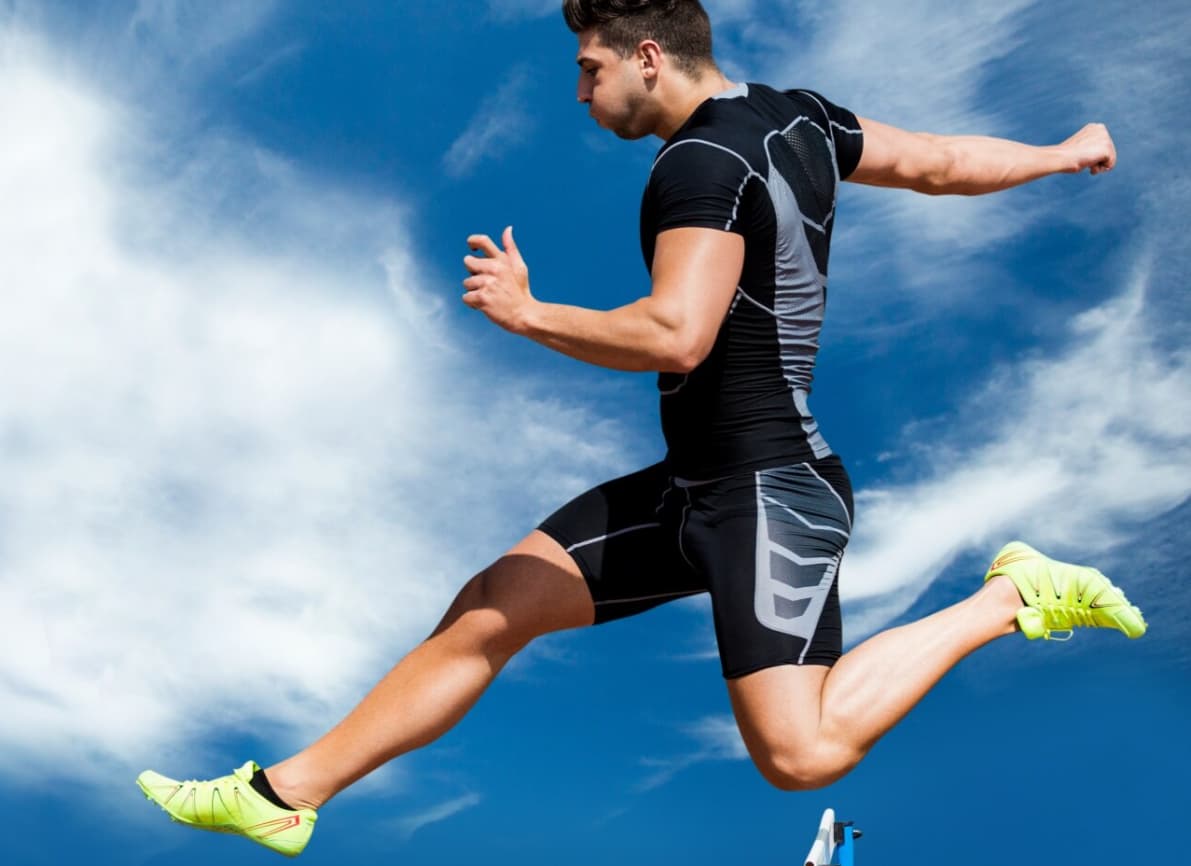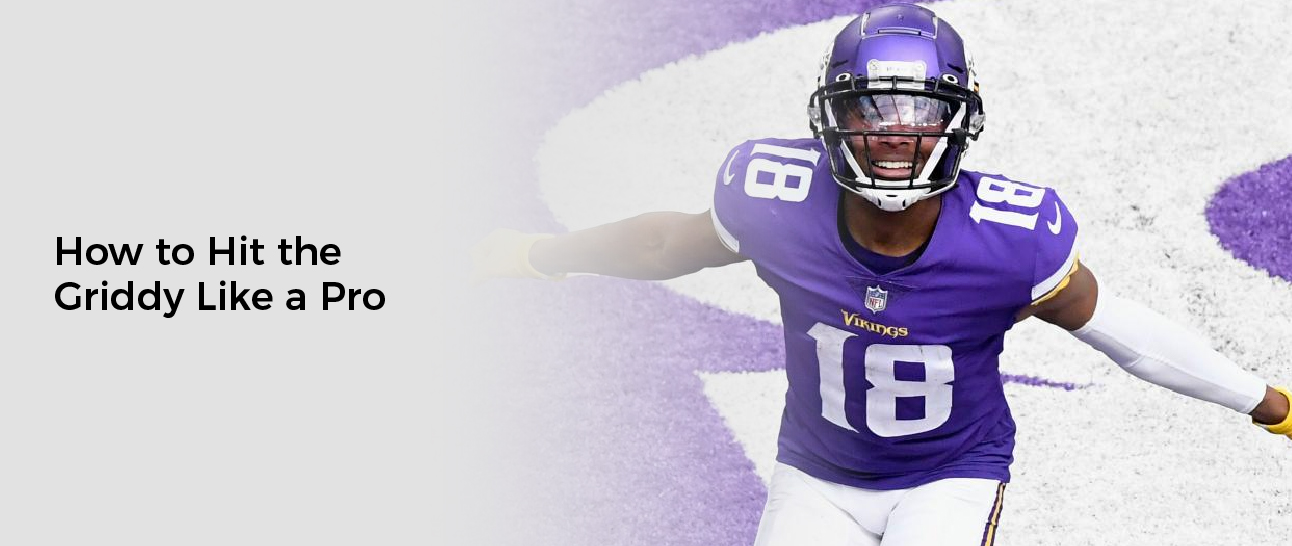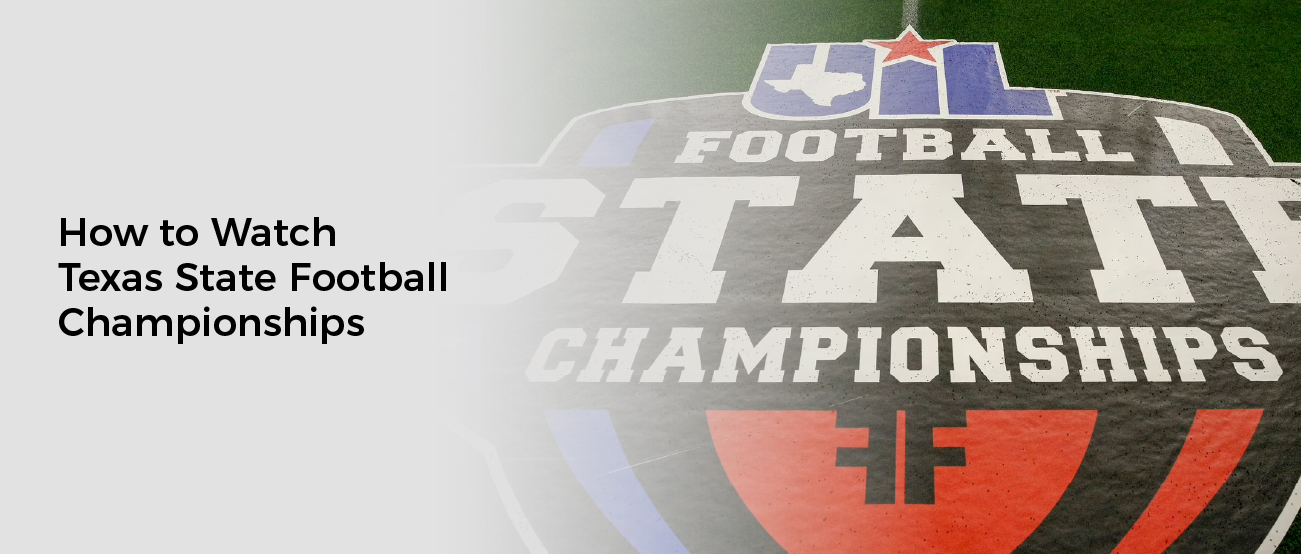The two qualities that often come to mind when we’re discussing athletes are athleticism and reflexes.
But what makes a real athlete? Is it raw physical talent, fast reflexes, or both? With the rise of e-sports alongside traditional sports, the concept of athleticism is expanding.
Distinguishing athleticism from reflexes will give clearer ideas of the requirements for successful performance and skill training.
Athleticism vs Reflexes

What Are Reflexes?
A reflex is an automatic or involuntary response to a stimulus, such as pulling your hand away from something hot. Controlled by simple nerve pathways, they protect us by allowing rapid reactions without conscious thought.
And in sports, reflexes enable an athlete to react to a sudden event, like a dodge or catch. However, reflexes are hard-wired and cannot undergo significant training.
Instead, athletes train their brain’s ability to respond at a moment’s notice and make good decisions — what we call reactive intelligence, which can demand thinking and adapting at the same time.
What Is Athleticism?
Athleticism refers to how efficiently an athlete uses his athletic qualities, like strength, speed, coordination, balance, and agility.
So, when a basketball player jumps to dunk a ball or a gymnast flips across the floor, that’s athleticism—strength, control, and timing.
Athleticism is about far more than being strong or fast. It involves efficiency of movement and the ability to respond to changing physical demands.
That’s why someone who can bench-press a car may not be considered particularly athletic — he or she might not have the coordination or agility that sports demand.
How Reflexes and Athleticism Work Together?
While reflexes provide the foundation for quick reactions, athleticism allows athletes to use those reactions in a controlled and effective way.
The world of fast sports is a world where people use not only their inborn instincts but also their trained ability to predict what’s going to happen and react intelligently.
For example, a football player needs reflexes to respond to a sudden pass, and he also needs the athletic ability to run, change direction, and kick the ball precisely.
Training emphasizes reactive intelligence and overall athleticism, not just reflexes.
Training for True Athleticism
A well-rounded workout — including exercises such as agility drills, plyometrics, strength training, and balance work — can help with athleticism.
These help athletes move better, faster, and with more control. Developing reactive intelligence through unpredictable drills means the brain also becomes sharper at making fast decisions during competition too!
This principle, surprisingly, extends beyond the world of sports. In e-sports, for instance, players rely on quick reactions and sound decision-making.
Also, the rise of live betting on e-sports results suggests that reflexes and quick wits are important even in e-sports, and that the thinnest fractions of a split second can make the difference between winning and losing.
Takeaways
An athlete is not merely someone with quick reflexes or raw power. It’s someone who is a mix of natural reflexes and developed athleticism, and reactive intelligence.
This combination of traits enables them to execute complex movements, respond quickly to smart decisions, and deal with anything unexpected.
The increase in live betting on e-sports further demonstrates the value of quick thinking and fast reflexes, even in digital competitions, affirming that athleticism now takes many forms.


![Choosing a Cricket Sports Bag [Everything You Must Know]](https://sportzspark.com/wp-content/uploads/2022/12/Without-logo-35-02-min-1.jpg)
